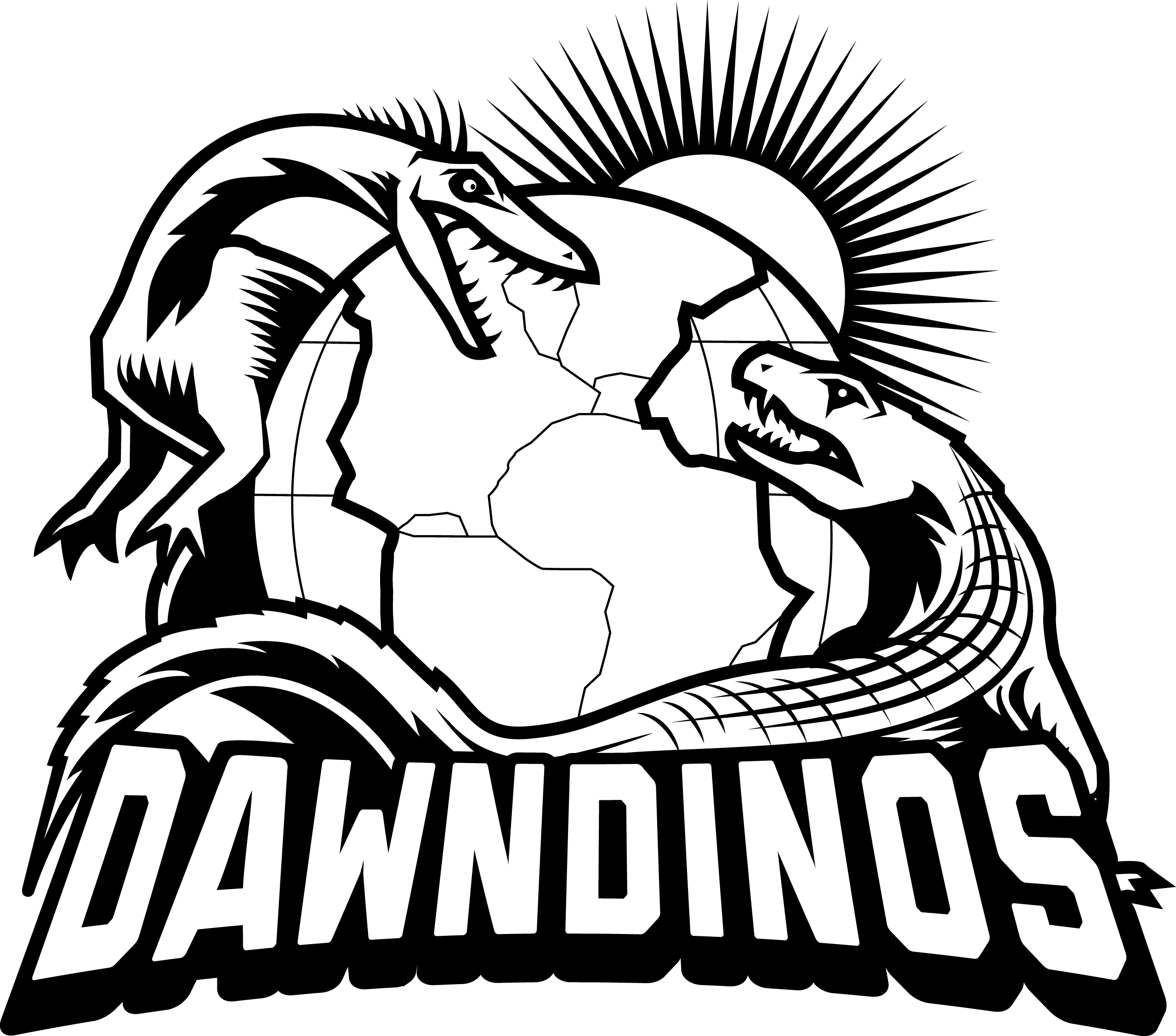Dr James Charles joins the DAWNDINOS team!
James Charles joins us as Postdoctoral Researcher on 2 September 2021 and we are delighted to welcome him to the DAWNDINOS team!
James has a range of research interests including functional anatomy, biomechanical modelling, biplane radiography and medical imaging which have been put to use throughout his previous academic positions.

After receiving a BSc in Anatomy and Human Biology from the University of Liverpool and an MSc in Palaeoanthropology from the University of Sheffield, James completed his PhD at the Royal Veterinary College in 2016, working with Prof John Hutchinson to develop, optimise and validate a novel musculoskeletal model and simulation of trotting locomotion in the mouse hindlimb. This work revealed interesting anatomical specialisations and functions within the mouse musculoskeletal system, which is largely under-studied given the heavy use of the mouse as a model species for many human neuromuscular disorders.
Wanting to combine these modelling skills with his interests in human functional anatomy, James then spent 18 months as a Postdoctoral Scholar at the University of Pittsburgh, where he worked to develop a framework for creating subject-specific human lower limb models. These bespoke models included individualised bones, muscle attachments and muscle properties from MRI and diffusion tensor imaging, as well as precise knee joint bone motions from biplane radiography. This work showed that more generic models are unlikely to truly replicate in vivo knee ligament dynamics, which highlights the need for personalised models in both clinical and non-clinical contexts.
Subsequently, James then moved back to the University of Liverpool for another Postdoctoral position, where he worked with Karl Bates, Kris D’Aout and Peter Falkingham to use this subject-specific modelling framework to predict intra-population variations in muscle dynamics and metabolic cost during walking over compliant and non-compliant surfaces. These data will inform how the morphologies of various hominin species within the fossil record are inferred in regards to their potential capabilities of bipedal walking over energetically expensive terrains.

